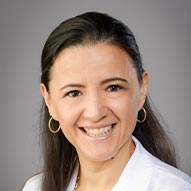Stop oral feedings
The first step is usually to stop all feedings by mouth. Instead, fluids and needed nutrients will be given intravenously. This allows the intestine to rest and takes away stress.
Often a tube will be inserted into your baby’s nose and into the stomach. This removes gas and air in the intestine. Bloating is reduced and your baby is more comfortable.
Medication
Next, doctors will start treatment with antibiotics. This will stop the infection and allow the bowel to heal.
Other treatments will depend on exactly what is happening. If there is bleeding, blood transfusions may be given. Medications may be used to keep blood pressure, heart rate and oxygen in the blood at proper levels.
Babies who do not need surgery during the acute infection occasionally develop obstructing scars in the intestine (strictures) that require operation later.
While these treatments are ongoing, tests will monitor your child’s health and help with further decisions. They include:
- X-rays of the abdomen will track the amount of gas building up in the baby’s stomach.
- Blood tests will follow signs of infection (white blood cell counts), the efficiency of your baby’s breathing (blood gas studies measuring oxygen and carbon dioxide) and lactic acid (high levels suggest disease progression).
Surgery
If surgery is needed, the pediatric surgeon will look closely at the intestine. The doctor will take out only the damaged parts. This is done so that the remaining tissue can start to work again. It preserves, to the greatest amount possible, your child’s digestive system.
The surgeon may make an opening in the wall of the abdomen. This lets the bowel recover and heal. Routing the intestine so it empties into a bag (colostomy) outside of the body can be frightening for parents. However, this is most often temporary. Another surgery may be needed later to close the opening.






















